I once found a beautiful pot, an ancient red seed jar tucked beneath a boulder in the desert. By ancient, I mean pre-Columbian, probably 800 years old. It was hidden along the rubble-choked slope of a canyon in Southeast Utah. The way it was placed, seated in shade and red blow-sand next to a once hand-polished metate, you could tell someone put it there to keep it safe, not to be seen or worn away by the weather, probably planning to return for it. The return never happened.
I used to walk for weeks at a time looking for things like this, diamonds in the deep country, what is left of archaeology after more than a century of the general pillaging of artifacts, culprits ranging from museum expeditions to black market pothunters. My solution is leaving objects where I find them. It’s certainly not everyone’s solution, but it is mine. I wrote a book on the dilemma, “Finders Keepers.”
Upon finding this seed jar, I spent hours peering into the shadowed underside of its tilted, protective boulder. I reached out from time to time to touch the slowly decaying ceramic finish, as did my friend who was with me for the discovery.
My friend wanted it moved, not to take it home, but to get it into an even more protected space. I said no, insisting it remain exactly where we found it. The debate continued intractably into the next day. We’ve got rules about this kind of thing. Continue reading
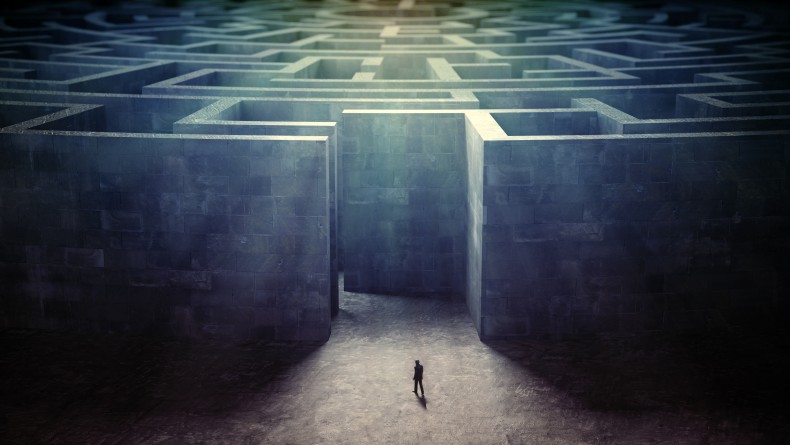
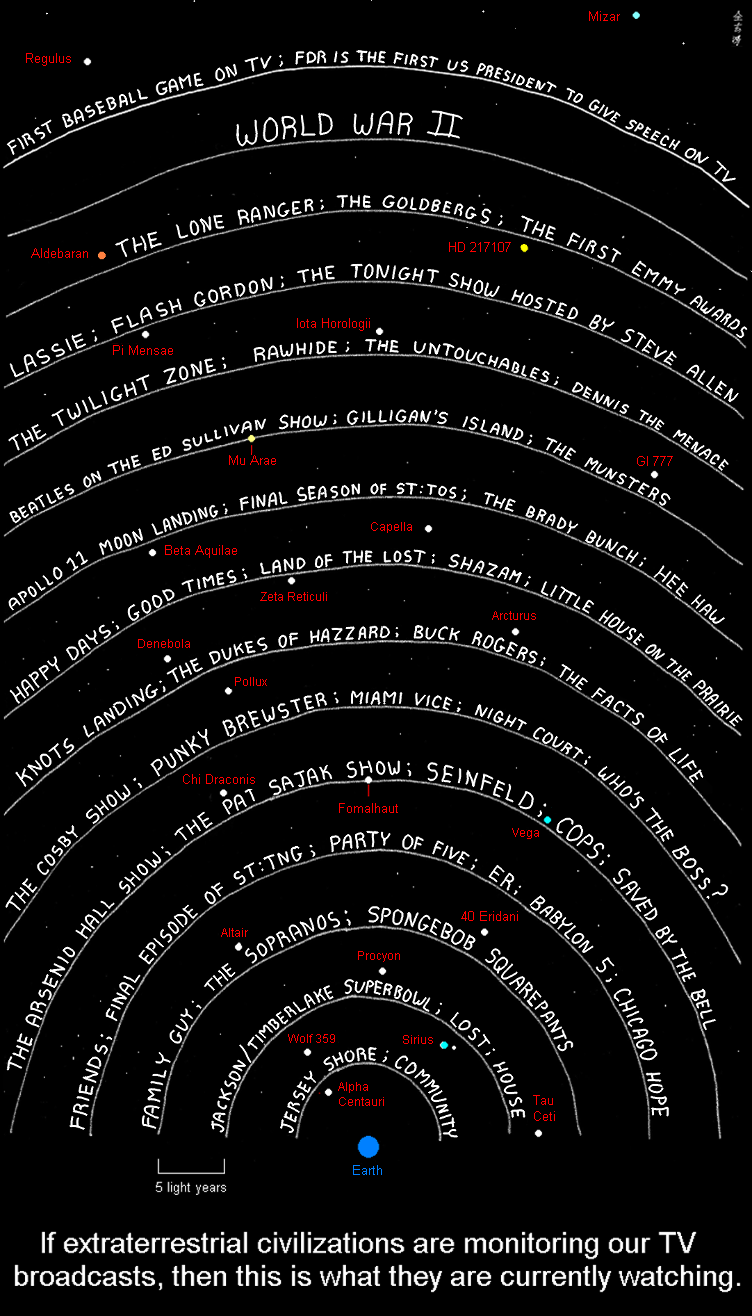

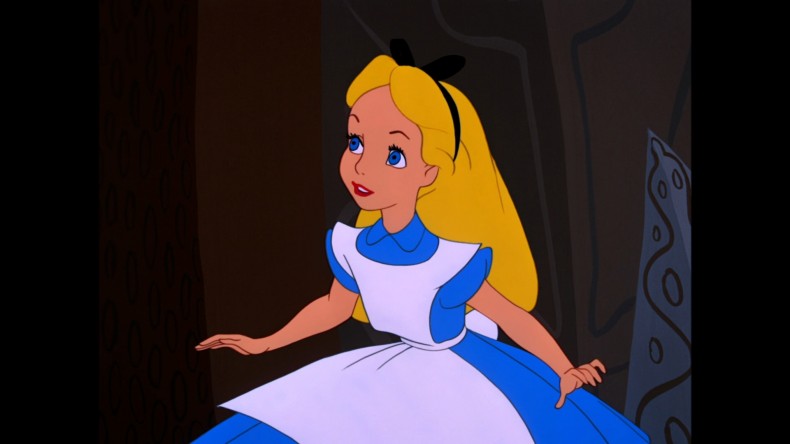
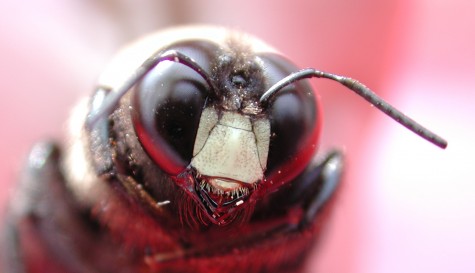 According to ancient historians, Archimedes spent the last moments of his life drawing figures in the dirt, so deeply entranced with the pleasures of geometry that he failed to notice the bloody pillage of Syracuse right outside his door. Aloofness, it’s tempting to conjecture, was his fatal flaw. By many accounts, he paid scant attention when a Roman soldier barged in and demanded that the old, prolific genius identify himself. Archimedes didn’t state his name or plea for his life. Instead, he responded with some version of, “Please, don’t disturb my circles.” At which point the Roman soldier ran him through with a sword. (
According to ancient historians, Archimedes spent the last moments of his life drawing figures in the dirt, so deeply entranced with the pleasures of geometry that he failed to notice the bloody pillage of Syracuse right outside his door. Aloofness, it’s tempting to conjecture, was his fatal flaw. By many accounts, he paid scant attention when a Roman soldier barged in and demanded that the old, prolific genius identify himself. Archimedes didn’t state his name or plea for his life. Instead, he responded with some version of, “Please, don’t disturb my circles.” At which point the Roman soldier ran him through with a sword. (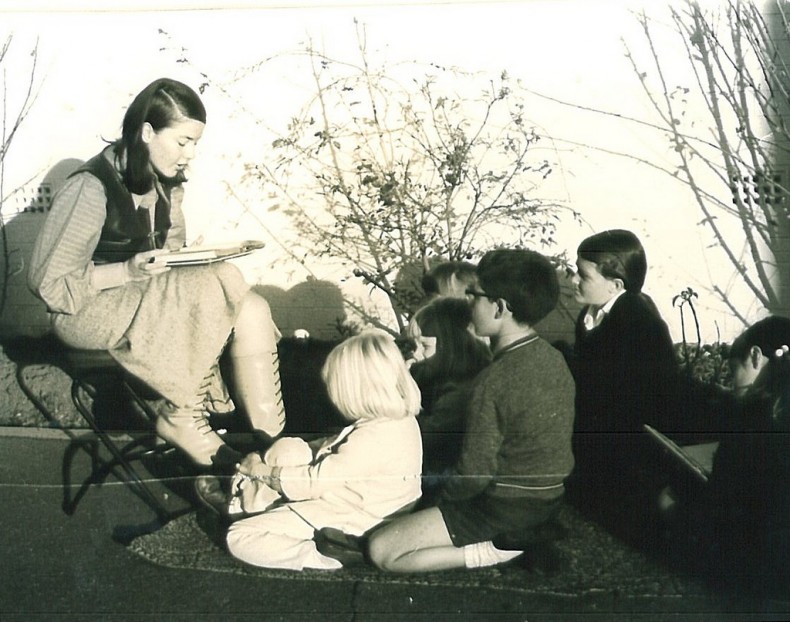
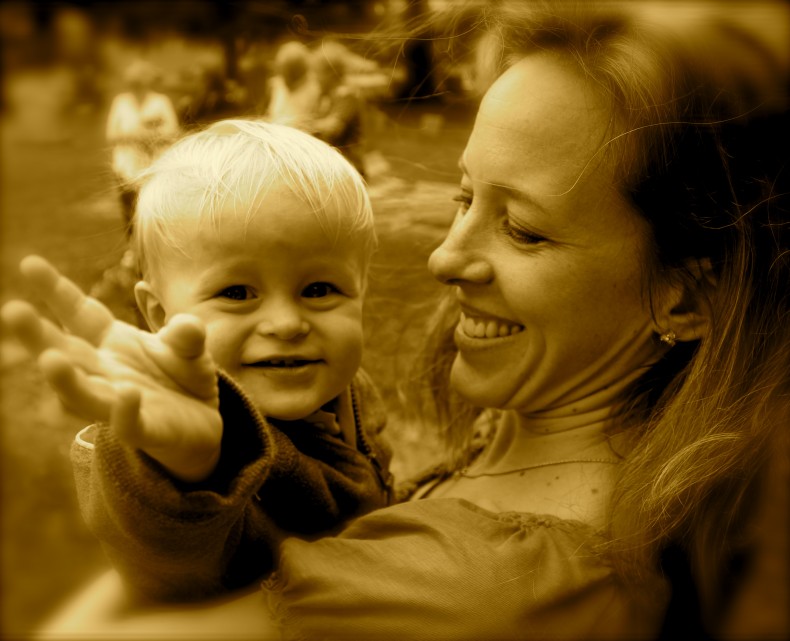
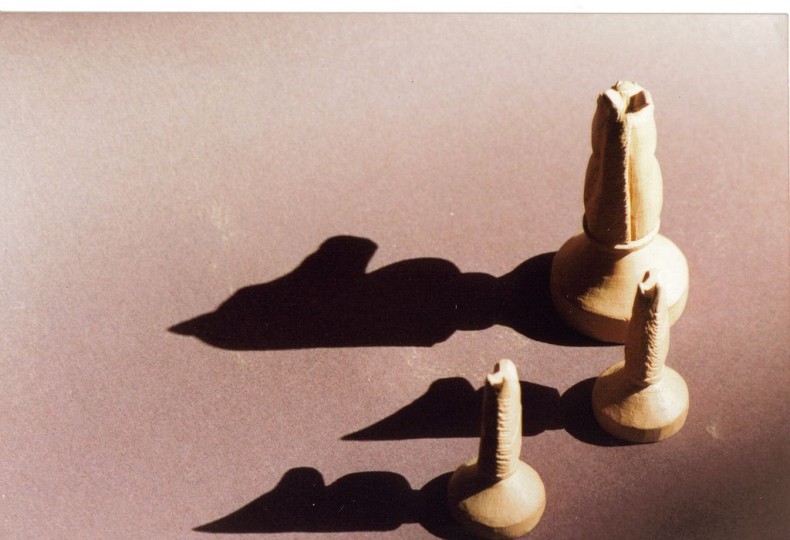 The jokers in the house are starting to learn the game of kings. The set they play with is piecemeal, with a wooden toy horse for a white knight and a lump of rainbow-colored glass for one of the pawns. The board is metal, designed for playing checkers on the road. But still the jokers learn.
The jokers in the house are starting to learn the game of kings. The set they play with is piecemeal, with a wooden toy horse for a white knight and a lump of rainbow-colored glass for one of the pawns. The board is metal, designed for playing checkers on the road. But still the jokers learn.